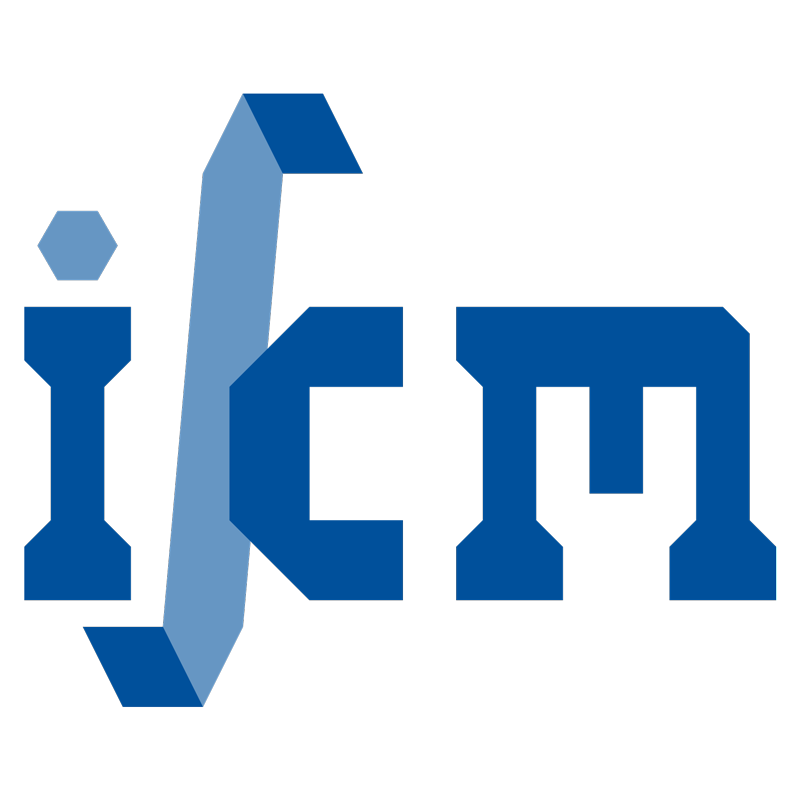Influence of coatings on degradation and osseointegration of open porous Mg scaffolds in vivo
- authored by
- L. M. Witting, A. C. Waselau, F. Feichtner, L. Wurm, S. Julmi, C. Klose, A. K. Gartzke, H. J. Maier, P. Wriggers, A. Meyer-Lindenberg
- Abstract
Degradable bone substitutes like Mg-based alloys are promising due to their good osseointegration and biocompatibility. The objective of this study was to investigate the influence of additional coatings on the degradation behavior, osseointegration and gas release of 128 open porous scaffolds (Ø 4 mm, length 5 mm) of the magnesium alloy LAE442 (4 wt% Li, 4 wt% Al, 2 wt% rare earths). Along a base layer of MgF2 polylactide acid (PLA) or calcium phosphate (CaP) were applied. While the resorbable PLA was supposed to delay the magnesium degradation, the CaP should form a nutrient depot for growing bone. The control group consisted of 32 β-tricalcium phosphate (TCP) scaffolds. The scaffolds were inserted into the greater trochanter of 80 adult female ZiKa rabbits. X-ray and in vivo μCT scans were performed postoperatively at regular intervals of 6, 12, 24, 36 weeks. Gas accumulation, scaffold degradation and osseointegration were evaluated. In comparison, PLA-coated scaffolds degraded slightly slower, but had a significantly greater amount of gas in the medullary canal at weeks 2 and 4 compared to CaP-coated scaffolds. CaP-coated scaffolds showed better values for drill hole closure and a significantly higher number of bone-scaffold contacts from week 12 to 36 compared to PLA. Furthermore, CaP-coated scaffolds showed higher bone volume and more new formed bone trabeculae than PLA-coated scaffolds. In total, an additional coating with CaP seemed to be promising in improving the degradation resistance and osseointegration, when using biodegradable bone substitutes.
- Organisation(s)
-
Institute of Materials Science
Institute of Continuum Mechanics
- External Organisation(s)
-
Ludwig-Maximilians-Universität München (LMU)
- Type
- Article
- Journal
- Materialia
- Volume
- 14
- ISSN
- 2589-1529
- Publication date
- 12.2020
- Publication status
- Published
- Peer reviewed
- Yes
- ASJC Scopus subject areas
- General Materials Science
- Electronic version(s)
-
https://doi.org/10.1016/j.mtla.2020.100949 (Access:
Closed)
-
Details in the research portal "Research@Leibniz University"


